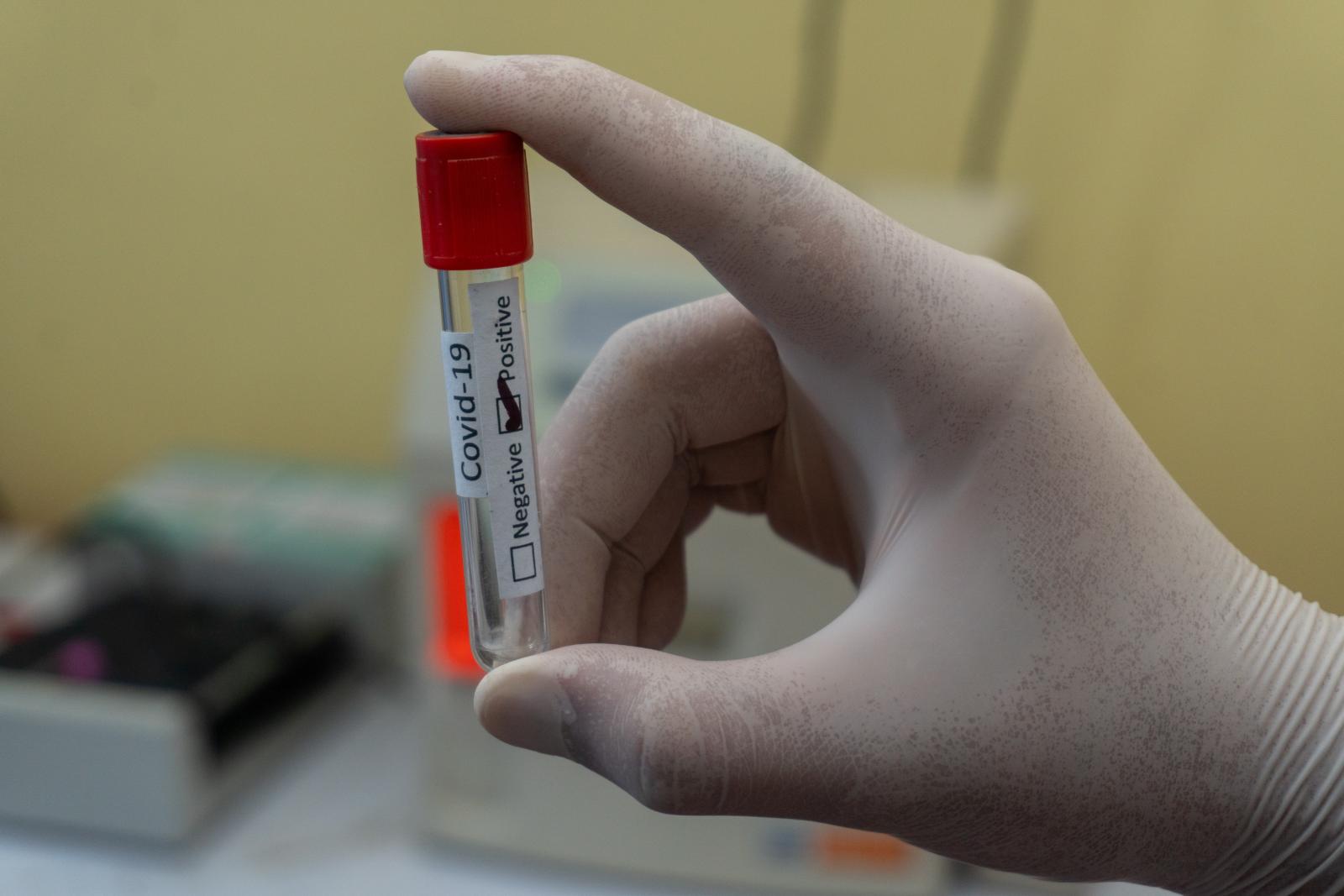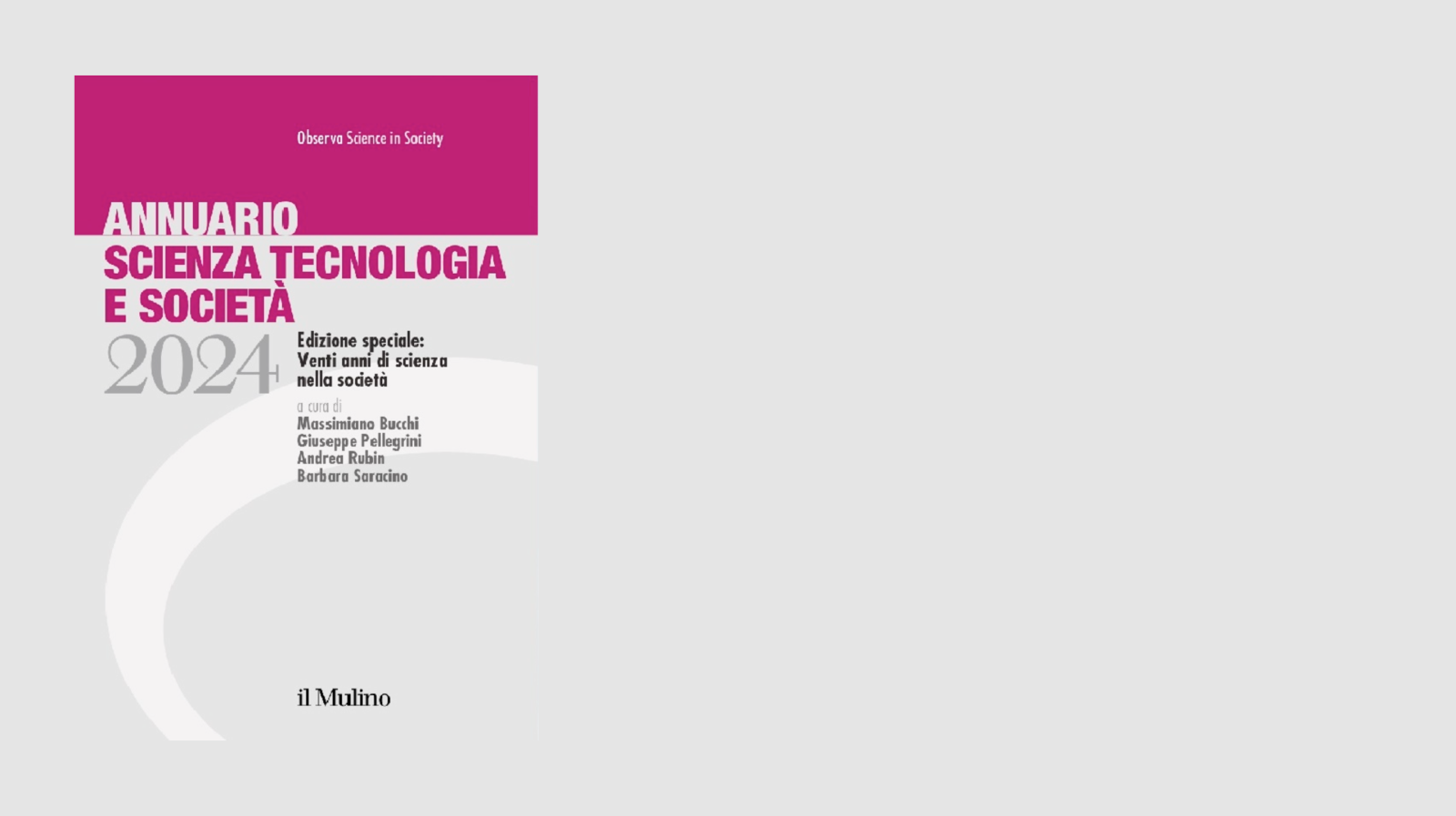
Coexistence with Covid-19 cannot yet be said to be stable, especially due to the great variability of SARS-CoV-2. For this reason, as the number of cases in Italy is increasing, it is necessary to limit the impact of infections by acting on two fronts, which are not alternatives to each other: reduce the share of people who have become partially susceptible and limit the likelihood of the emergence of new variants.
Image credits: Prasesh Shiwakoti (Lomash)/Unsplash
Several attempts have been made to archive Covid-19, trying to leave behind an experience worthy of the worst dystopian novel (about 770 million officially registered cases worldwide and an estimated 18 million deaths), but it seems that the anticipated "coexistence" with the family of viruses has not yet stabilized, and it will take several years to get there. The goal will be that of endemic persistence with viral circulation that manifests in predictable trends, such as annual or seasonal cycles, as with the flu virus. The big unknown at the moment is still the variability demonstrated by the Sars-CoV-2 virus, which, while not greater than other already known viruses, still has too many unclear points.
At the beginning of the pandemic, for about the first eight months, the presence of identified variants was still very limited, and the forecast of low viral variability turned out to be completely wrong due to limited circulation and the number of observations. The health relevance of each variant depends on its transmissibility, virulence, and ability to evade our immune response. It is estimated that, until the end of 2021, the spread of Alpha and Delta was mainly due to their high transmissibility associated with a modest ability for immune evasion, while the success of the Omicron variant, which replaced the Delta variant, seems to be associated with a greater ability to escape our immune response.
Most Sars-CoV-2 infections cause an acute illness that our immune system resolves within 10-15 days. After infection, viral particles reproduce exponentially in the respiratory tract, reaching a maximum concentration 2-5 days after exposure to the contagion, a time that corresponds to the onset of symptoms. This is more or less similar for all variants, but for Omicron, the peak of maximum viral concentration is about three days, a time during which the infection can be effectively transmitted.
In recent weeks, the number of reported Covid-19 cases in Italy is on the rise. The daily average of infections, which was less than 500 in mid-July, surpassed 3,000 at the beginning of September, with a peak of 5,547 on September 5th. Hospitalizations have more than doubled in a month (at the beginning of August only 812 Covid-positive patients were hospitalized, while on September 6th, the hospitalized were 1,872). The reported cases are more frequent among the elderly, and the figures are certainly underestimated due to frequent self-administered swabs and the lack of reporting for younger individuals.
Predicting the short-term epidemiology of Covid-19 is challenging, but it is conceivable that the waning of our immune defenses, already evidenced by the occurrence of further infections in people who have already been ill once (the latest ISS bulletin reports that 38% of the new reported cases had already been infected previously), and the emergence of viral strains with new antigenic characteristics will lead to periodic epidemic waves. To limit the impact of infections, one can act on reducing the share of people who have become partially susceptible and on the other hand on limiting the likelihood of the emergence of new variants. However, it is necessary to bear in mind that the two approaches are not alternatives, as the evidence of vaccination efficacy is solid for severe clinical cases but not as much for infections.
To reduce the share of cases that require healthcare due to decreased immunity, further vaccination is proposed. Last June, the EMA and ECDC signed a joint document advising vaccine manufacturers to formulate new monovalent vaccines targeting the Omicron XBB.1.5 variant, as the descendants of the XBB1 strain are predominant globally.
The demonstration of the efficacy of these products is complicated by the pre-existing widespread partial immunity, and what is expected is an incremental benefit, impossible to prove for simple infections but assessable, with adequate epidemiological studies, for more severe clinical cases. The evidence required at the time of marketing authorization is essentially laboratory-based, based on the titration of antibodies induced by vaccination, even in animal models, capable of neutralizing various Sars-CoV-2 variants. As for the seasonal flu vaccination, the choice of formulation of the new vaccines is the one considered most "reasonable" before the winter season. Compared to the flu, however, we have the disadvantage of the lack of clear seasonality, making it impossible to benefit from knowing which viruses circulate alternately in the two hemispheres of the world and are therefore predictive of individual seasons in each hemisphere. Monitoring the effectiveness of the vaccine in the field will be vital, also to understand if the path taken will also be valid for the coming seasons.
The new vaccines should be available soon, and a circular from the Ministry of Health has already given indications about the official recommendations, very similar to those for the flu vaccination. The protection provided by vaccinations is individual, highly recommended for subjects at risk of severe clinical cases, and the idea of achieving herd immunity has now been completely abandoned. But it is not desirable to think of letting infections run their course, due to the risk of the emergence of new variants.
The more people get infected, the higher the number of viral replications and the higher the probability that even more efficient viruses will emerge in spreading and causing disease. In short, it's a vicious circle, which requires maintaining a certain level of attention and precautions to limit the spread and also reduce the circulation of "imported" variants to be promptly identified.
Dismantling or reducing epidemiological and viral surveillance and zeroing the general population's attention to viral spread does not seem like an adequate strategy. It is instead necessary to strengthen the ability to early identify epidemic outbreaks and high-risk variants ("variants of concern" as defined by WHO). During the early stages of the pandemic, in the absence of much data, extensive use was made of mathematical models to estimate diffusion parameters and build scenarios and make public health decisions based on these. Now those same models could be even more precise and useful if fed with real data generated by good epidemiological surveillance, from studying epidemic outbreaks, intra-family transmissions to estimate secondary attack rates, from studying the transmissibility, virulence, and ability for immune evasion of the various circulating variants, also using wastewater surveillance to identify and characterize variants whose circulation is not identified by investigated clinical cases.
During the early stages of the pandemic, we had to accept the uncertainty of incomplete data for ongoing studies and the rapid times for which we were unprepared. Now, we have an opportunity to learn and be more prepared. It will be necessary to coordinate the health surveillance structures, organize prospective studies with suitable methodologies, with the involvement of competent bodies and trained personnel. We must also disseminate clear and correct information so that everyone is kept updated on the epidemic's development and the actions and measures to be adopted, avoiding the creation of fears, false alarms, and especially the widespread misinformation that has sometimes fueled the resistance and skepticism towards the precautions and vaccinations adopted.


